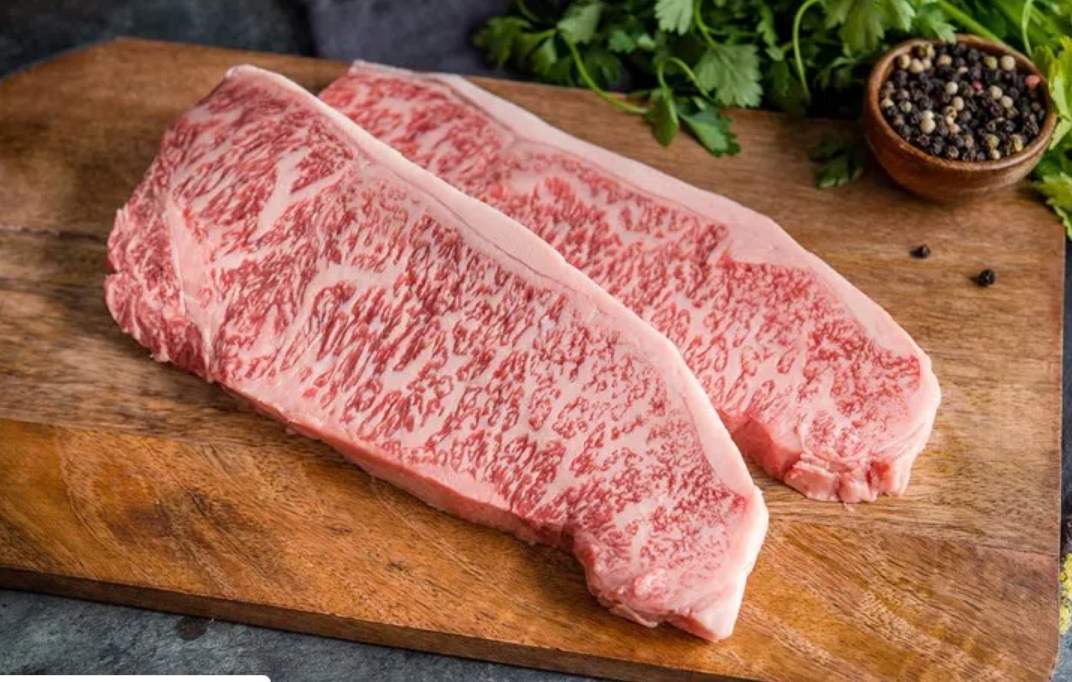A group of researchers from Osaka University have produced the world-famous Wagyu beef with 3D printing technology. With the development of the technology, personalized food products can be manufactured.
Scientists have produced Wagyu beef with a 3D printer. Researchers from Osaka University believe that this 3D printed steak is very similar to the world-famous Wagyu steak, although it may be hard to believe. The researchers used stem cells isolated from Wagyu cows to create steaks with a 3D printer. These stem cells were then incubated* and then transformed into muscle, fat and blood vessel cells.
With the help of 3D printing technology, even the white spots found in the lean parts of the meat, called marbling, were created in this three-dimensional stack, which will later resemble real steak. As it is known, marbling is the first thing most meat and food experts will pay attention to, as it gives meat its rich flavors and unique texture. In fact, Wagyu steak is famous worldwide thanks to this marbling alone.
According to an article published in the journal Nature Communications, the diameter of the steak was 5 mm and its length was 10 mm. Speaking about the creation of the meat, Dong-hee Kang, the lead author of the article, said that the histological structure of Wagyu beef was created by developing a 3D printing method that can produce complex structures such as muscle fibers and fat that are personalized to the individual within a plan.
It can be used to produce personalized food in the future
The team at Osaka University says that this initiative could be the beginning of a sustainable future. Similarly, Michiya Matsusaki, one of the authors of the study, said that developing this technology will help make fine adjustments to fat and muscle components. In addition, Matsusaki says that the technology could enable personalized products to be produced depending on fat, taste and health parameters in the future.
* Incubation is the process of allowing microorganisms to develop by keeping them at a certain temperature. It has the same purpose as “incubation” in poultry farming.


